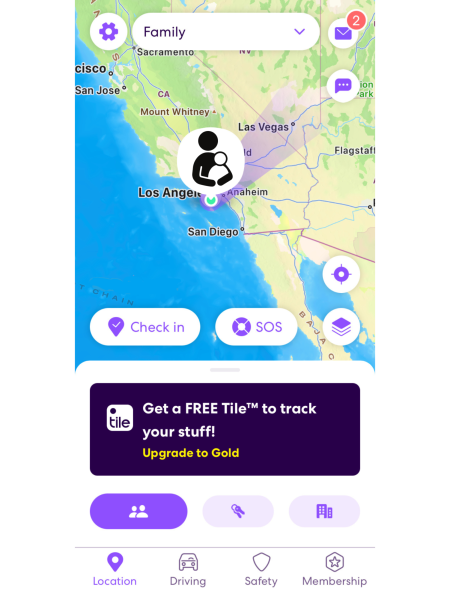Accommodating the Diverse Cultures of America: PVPUSD Should Observe Lunar New Year
The Lunar New Year is widely celebrated across many eastern and southeastern Asian countries, including China, South Korea, Vietnam, Mongolia, Thailand, Singapore and the Philippines.
Originating in ancient China, it is celebrated with numerous festivities and traditions to ensure a prosperous year.
One such tradition is taking the day off from chores and work, which is meant to symbolize that one will not be extremely busy every day of the year.
However, many school districts across America, including PVPUSD, do not observe the Lunar New Year with a day off. So, many Asian American families were not able to celebrate on Feb. 1, the day of Lunar New Year in accordance with the lunar calendar.
This holiday is significant to much of Asian culture, and therefore should be recognized by the school district in order to promote inclusivity and diversity.
The substantial percentage of Asian students in our district furthers the need to accommodate our culture. According to PVPUSD’s 2021-22 Local Control Accountability Plan, the student body consists of 27.89% Asian Americans, making Asians the second largest racial group in the district after Whites.
Especially in recent years, America has proven to still harbor prejudice against Asians. As with other minority cultures, Asian culture is still regarded as strange and outlandish by some. While the education system tries to be inclusive of minority cultures by teaching students about them, there is no better way to advocate for Asian American inclusivity than by integrating the Lunar New Year as a district holiday. Taking the day of the Lunar New Year off could set a precedent for parents to take a day off from work to celebrate as well, which would allow Asian students to build a stronger connection to their culture as they celebrate with entire families. This would enable traditions to be passed down through the generations, preserving Asian culture in America and therefore promoting diversity.
Additionally, the idea of recognizing a minority group’s heritage extends to other cultures, as well as to religions. Some may ask where the line is drawn; logistically, we cannot take days off on every cultural holiday during the school year, as it would cut into our summer break. The answer lies within student demographics. It would be logical for the district to determine observed holidays by estimating the percentage of students of a specific heritage or religion who would observe the holiday.
When many students take a holiday off to celebrate with their families, it causes the school to lose a significant amount of money on that certain day. If the district declares largely celebrated days as holidays, then it would be able to avoid financial loss as well.
The first step to showing genuine inclusivity is recognizing the Lunar New Year as a district holiday. For a large part of the prominent Asian American community in our district, the Lunar New Year is a crucial part of our cultural identity and deserves to be respected.







